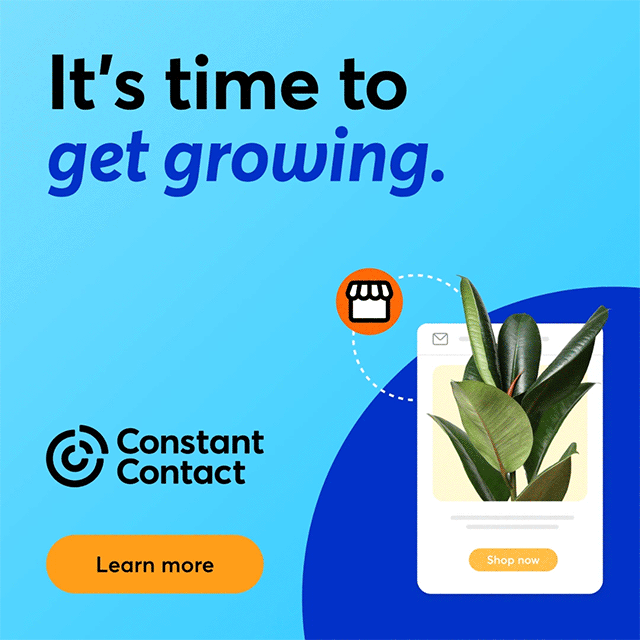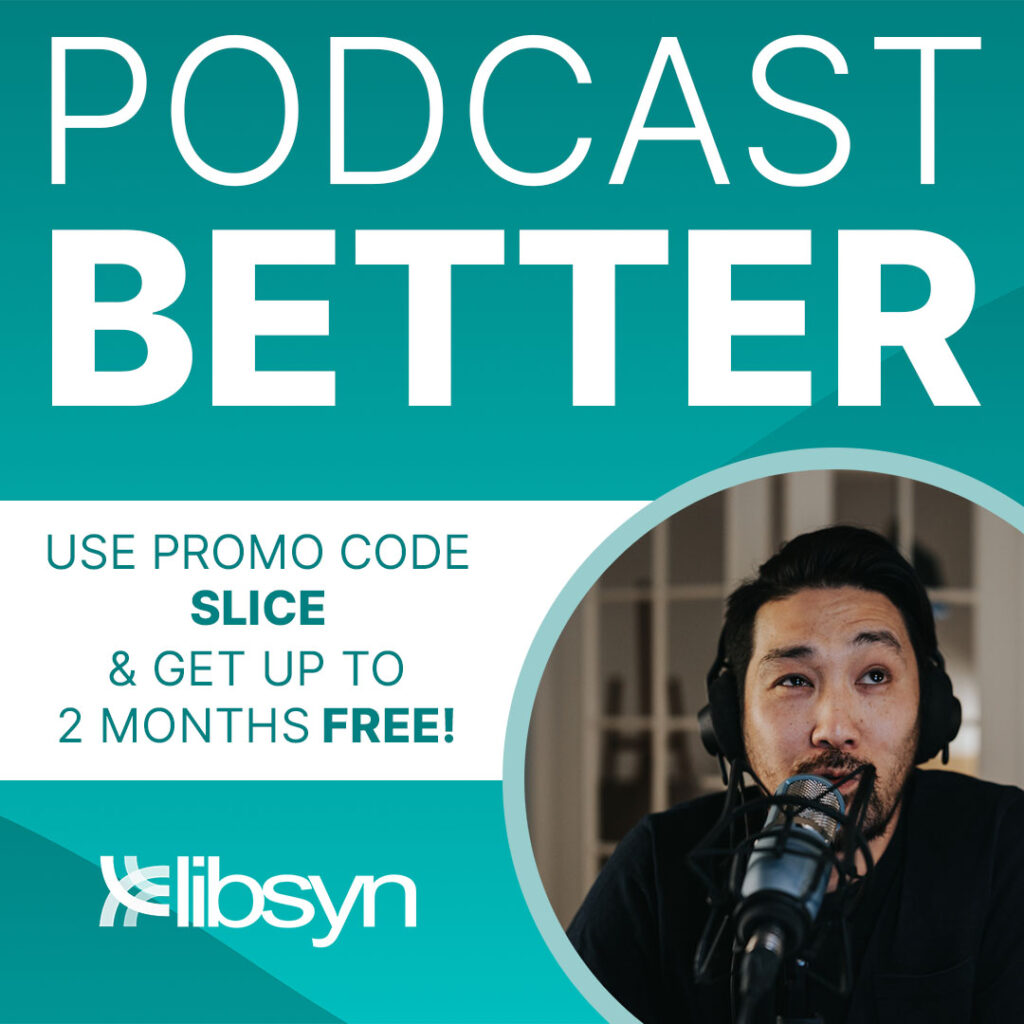 Every few years or so, consumers tell us they’re fed up with digital advertising. It’s intrusive, it’s offensive, it’s spammy. Fair enough.
Every few years or so, consumers tell us they’re fed up with digital advertising. It’s intrusive, it’s offensive, it’s spammy. Fair enough.
Heck, even I get fed up with advertisements, particularly when they try to act like they aren’t ads but still interrupt your search like a popup. I was frankly happy to read recently that Google is going to ding apps that interfere with the mobile experience.
I’m sure this has happened to you: you take out your smartphone to go to a site and before you can do anything, an app pops up demanding you install it. Now. While, perhaps, you’re trying to find a business and you don’t have time to download another app this very moment. (If your site has an app, take action on this now!)
If You’re Buying Fewer Online Ads, Focus on Content
It’s okay to take a break from online ads, but be aware this can drop your SEO rankings even though search engines claim this isn’t so. There’s just too much evidence that paid advertising boosts organic ranking. Once a person clicks on an ad and likes what s/he sees, they’re likely to go back on their own.
So when you hold back your online advertising, take advantage of this time to refresh your older content and add something new and interesting to your website, Facebook pages, LinkedIn, Twitter, and other social media accounts.
As the Content Marketing Institute suggests, immunize your content from sick-of-ads sentiment by making it even better. Update your blogs with new information. Make sure your content is still relevant, interesting, and give your customers and site visitors something useful to take away. Here are a few other ideas CMI suggests, with my own added in:
- Go through your email lists and make sure you have updated and correct names and addresses. If you've heard that someone has retired or left a business, call or email to find out who is the new contact. Be sure to congratulate him or her if a promotion was involved.
- Offer useful data, particularly numbers, in an easy-to-read format. I like using bullets, which are also easier to read and digest.
- Put new photos on your website and social media pages. I recently saw a client’s new Facebook page and was wowed by it. (Of course I posted my compliments.)
Use a tool like the Yoast plug-in to further optimize your content. Its snippet tool is particularly useful because it lets you write the Meta Description for each page and post that will appear on Google.
Rewriting Content? Take Time to Create Great Headlines
As regular readers of this blog know, Google rewards headlines and sub-headers that pay attention to SEO. You also want your headlines to attract readers who see them in an email, RSS feed, or other format outside of search engines, as Social Media Examiner recently reminded us. Here are a few ways to do this:
- Enumerate the topic you’re writing about. SME cites a study that found headlines with numbers draw the most readers. So something like 10 Tax Tips (I happen to like alliteration) or 3 Steps to Preserve Your Smartphone Battery can be really useful.
- Inspire action. SME recommends this free guide for “inspirational headlines” although I find they are more action-oriented. They range from conspiratorial, which bothers me but I can understand how they work with certain audiences, to uplifting, like this one: The Zen of [fill in the blank]. I could go to town with that one!
- Respond to customer questions. This is also a great way to find topics if you get writer’s block. Look at your email and social media feeds for good questions.
- Brainstorm. Put down a few headline candidates if you’re really getting into it.
Sometimes, I put off writing headlines until I've got something written. Many times, I find my initial headlines aren't that good and I end up changing them. Be sure you have those H2 tags in place before you post anything to break up content and further optimize your efforts.
Please share some of your own tactics for focusing on your content in the comments below.







